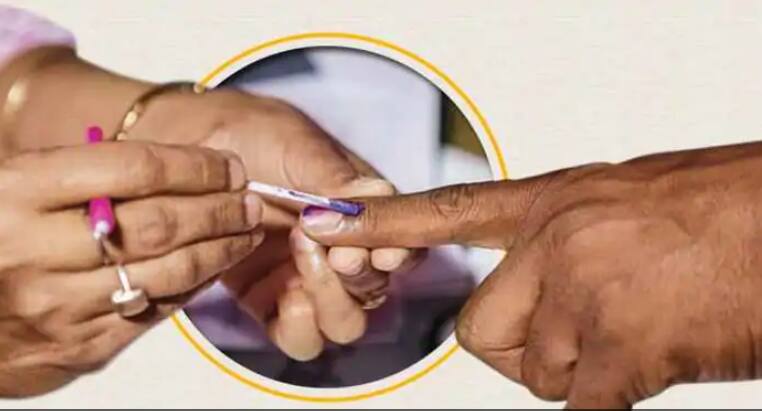By Naresh Arora
In a large opinion poll conducted by DesignBoxed for Zee News recently in Uttar Pradesh, we asked 11 lakh respondents what they thought were the most important issues for them. We found that 73% of people were worried about unemployment; 65% said their pockets felt the pinch of inflation; 54% said the development was an election issue; 39%, mostly farmers, were hassled by stray cattle destroying their crops.
These findings are in contrast to the general narrative in the media that the UP election is all about caste and religion. Those factors matter, but they are two among many. There’s a larger picture we miss out on, or at best explain away with short hands like “anti-incumbency” or “pro-incumbency”.
DesignBoxed-Zee survey in all five states which will elect new governments this March show economic and development issues being at the forefront. It will be wrong to presume that these concerns are not reflecting in people’s electoral choices. More or less in all 5 states, people are making a comparative choice in favour of the political party that is presenting the most coherent narrative for development and providing economic relief.
If you are a voter in Punjab, what is the message that reaches you about Congress? What is the central theme around the Congress in the village square and the TV channel alike? Is it about the achievements of the Congress government in the last 5 years? Is it about Chief Minister Charanjit Singh Channi’s recent spate of executive orders to give economic relief to people? Is it about what the Congress plans to do in the next 5 years for the people of Punjab? It is none of this. The only noise around the Congress is ‘Channi versus Sidhu’.
If a political party can itself not present the people with a coherent narrative about what it plans to do if elected to power, why blame the people? The Aam Aadmi Party by contrast is talking about the “Delhi model” and so on, showing the people a new dream, charting a course of action.
Our survey still found the Aam Aadmi Party only marginally ahead of the Congress, with a multi-polar contest promising a hung assembly. These are of course findings before Bhagwant Mann was declared the official chief ministerial candidate. There’s time to go, and if at all any party in Punjab is standing to gain from the people’s top concerns it is the AAP. The media and public conversation around all the rest is about ‘how many votes will they cut?’, ‘who will they damage’? ‘What is their caste strategy’?
In Punjab as in Uttar Pradesh, as in every state and every election over the last few years, unemployment has emerged as the number one issue of public concern. In the DesignBoxed-Zee survey in Punjab, 65% listed unemployment as an election issue. Yet how much of the political conversation is about job creation? Of the political speeches you see, how long do our top leaders speak about employment? Beyond promises of giving jobs that they can’t keep; our politicians are unable to even hold a conversation about employment. They don’t have an answer, a vision, a plan.
The problem is not with the voter. It is not the voter who seeks merely caste and religion, “polarisation” and political tu-tu-main-main. It is our politicians who are not speaking the language the voter wants.
The hapless voter then has no choice but to discern which is the least bad option. Which party is presenting the most coherent narrative about development and progress? In Uttar Pradesh, beneath the noise around Hindutva and caste “calculus”, the party that is talking development the most is the BJP. The free ration scheme is a hit, and there is a general sense that the BJP has done a fair job with development. The Samajwadi Party could have capitalised on the issues of public concern, and they have tried, but too little too late. Our survey found the BJP winning at least 245 seats in Uttar Pradesh.
In Uttarakhand, where we found Prime Minister Narendra Modi’s ratings even higher than in Uttar Pradesh, the BJP is not enjoying the pro-incumbency sentiment as in Uttar Pradesh. What’s true of Congress in Punjab and Samajwadi Party in Uttar Pradesh, is true of the BJP in Uttarakhand. This is one state where the infighting in the BJP is worse than the Congress. Having changed three chief ministers, the BJP appears weak in arguing for development. Had it not been for the Modi factor, we would be seeing the BJP swept out in Uttarakhand. Our survey found the Congress marginally ahead.
The BJP’s infighting and controversial policies such as liberalising land purchase by outsiders have made some in the state nostalgic for the Congress’ Harish Rawat, making people forget how badly they voted him out in 2017.
People have limited choices — often only 2 parties — and there is a lot to be disillusioned by the political class as a whole. In such a scenario the Indian voter chooses what’s best for her. The best may be far from ideal, but we take what we get. Let us not insult the wisdom of the Indian voter by saying they only vote for caste and religion. They vote for development and they judge parties on clarity of intent. Are you contesting this election only for the CM’s chair or do you have any real ideas to create jobs and manage inflation? This is what our opinion poll in 5 states have found.
















